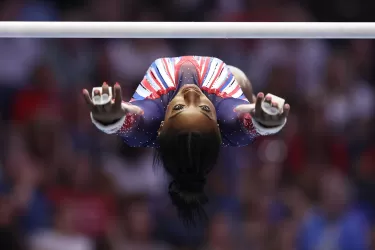
Health & Medicine
The precision of vision for Olympic gymnasts and divers
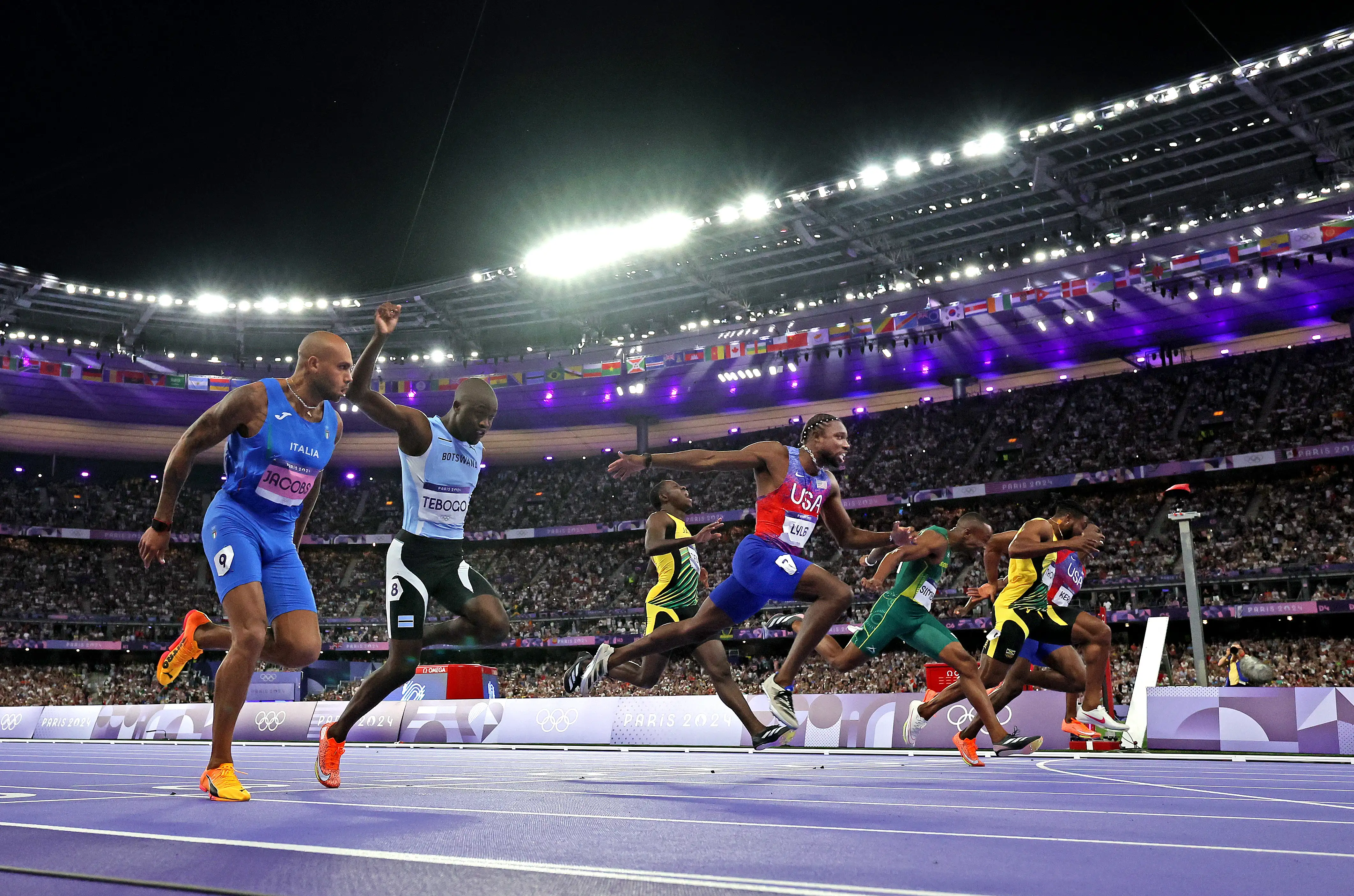
From swimming to shot put, biomechanics can identify key physiological traits that contribute to athletic success in Olympic sports
Published 7 August 2024
The 2024 Summer Olympics are well underway in Paris. Around 10,500 athletes from 206 countries are competing in 45 different sports over 19 days of competition.
Along with hundreds of millions of people around the world, Australians are tuning in to watch their favourite sports and some of the world’s best athletes.
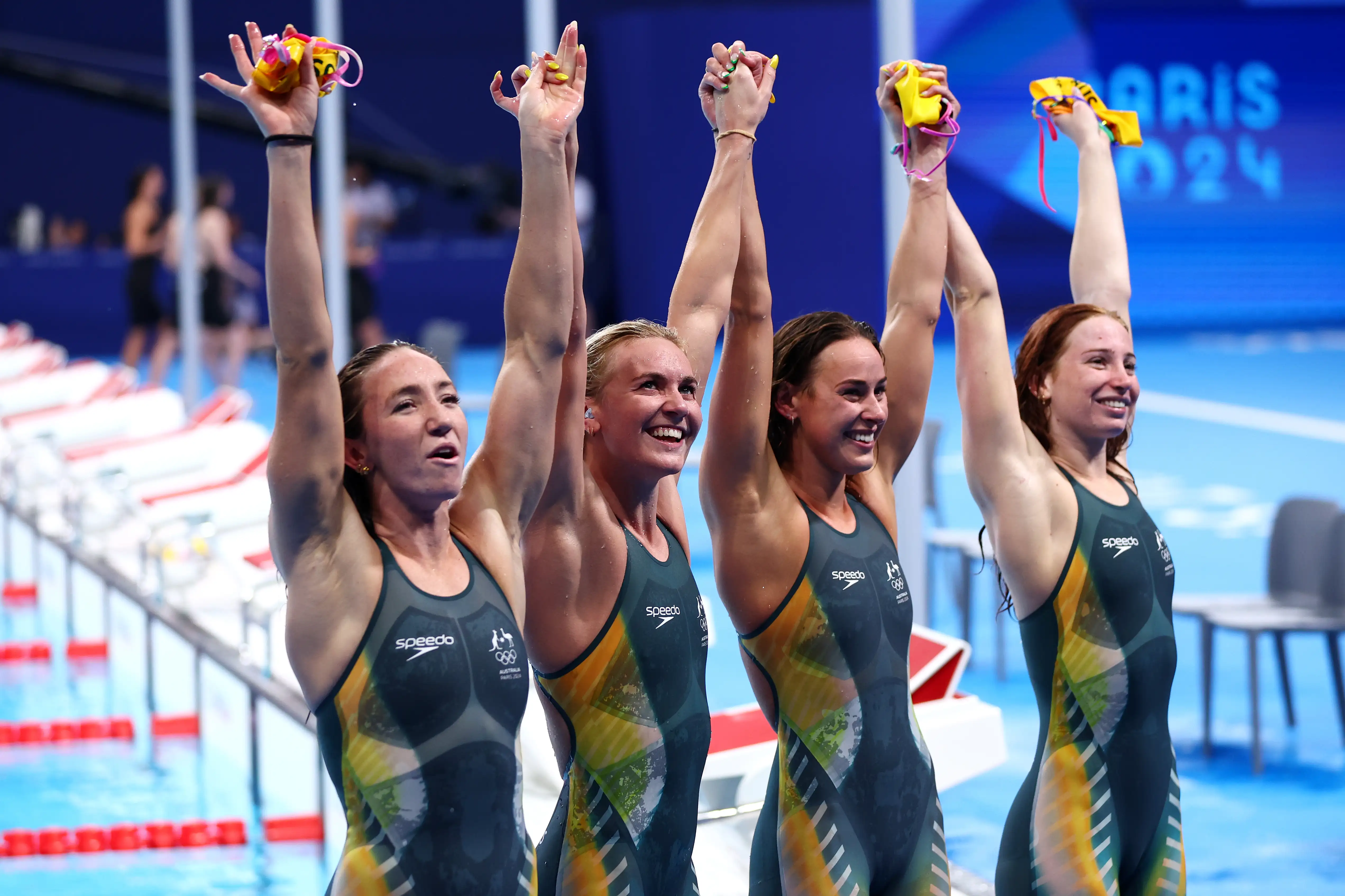
While watching the Olympics, most of us undoubtedly notice the distinct physical characteristics of the athletes competing in different sports.
Firstly, there is a large variation in body shapes and sizes, which vary from sport to sport. Some athletes are tall and slim while others are short and stocky – think of the difference between divers and weightlifters, or surfers and sprinters.
Secondly, Olympic athletes tend to move with a certain ‘fluidity’, making even the most difficult of sporting moves appear almost effortless to us mere mortals.
The legendary boxer and former Olympian Muhammad Ali – known for his speed and grace in the ring – encapsulated this perfectly when he said that he ‘floats like a butterfly…and stings like a bee.’

Health & Medicine
The precision of vision for Olympic gymnasts and divers
As biomechanists, we use principles of physics to study how the human body's musculoskeletal system moves – everything from bones and joints to tendons, ligaments, and muscles.
Our primary goal is to understand how all of these different components work together to produce human movement.
To do this, we use ‘motion analysis’ equipment – including high-speed cameras and force plates which measure the forces exerted by the body against the ground.
While traditionally used exclusively in controlled laboratory environments, technological advances mean we can use accurate portable camera and force plate systems in the field to closely analyse athletic performance.
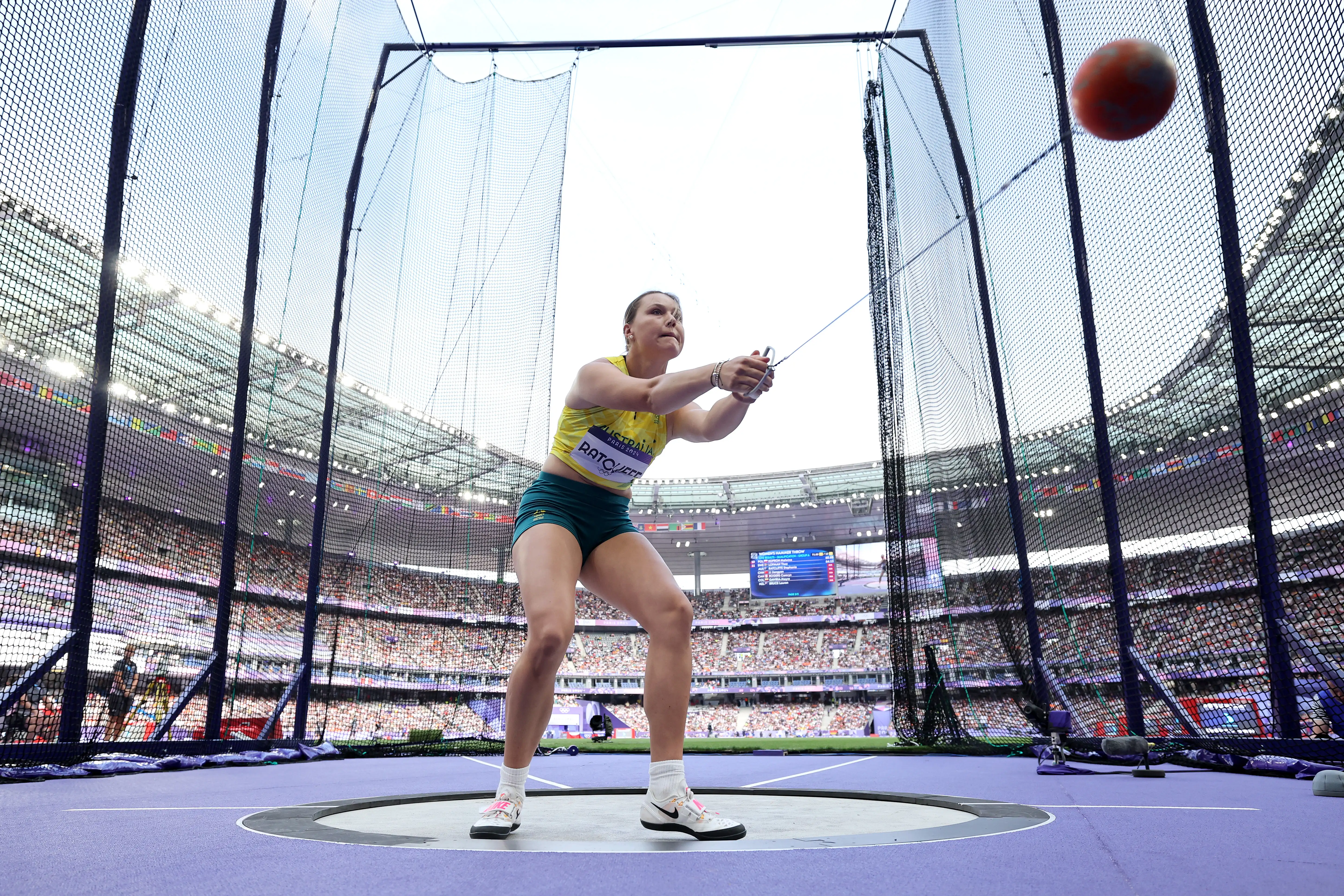
All of this information can help athletes refine their techniques to enhance efficiency, power and precision.
If we use speed climbing as an example (a vertical racing event that made its Olympic debut at the 2020 Tokyo Games), motion analysis can track the centre of an athlete’s mass as they climb 15-metre vertical walls as fast as possible.
This analysis has resulted in the development of ‘optimal pathing’ of an athlete’s movement, which aims to minimise the side-to-side movement of the athlete’s centre of mass.
Advancements like this have contributed to about a 20 per cent reduction in both women’s and men’s speed climbing world records since 2011.
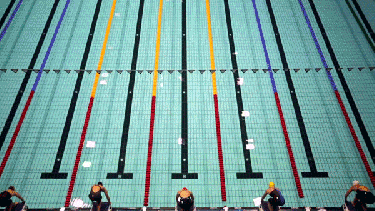
Health & Medicine
Olympians shouldn’t pay a punishing mental price for gold
The science of biomechanics can also help us to identify some of the key physiological characteristics that contribute to the competitive success of athletes in different Olympic sports.
Anthropometry involves the systematic measurement and analysis of the human body's physical dimensions, proportions and composition.
It’s a science that has changed little (if at all) over the last hundred years or so. Even in ancient Greece, they used body measurements to produce statues that were sized and constructed to accurately represent the bodies of real people.
We can categorise body shape using somatotyping which is the classification of human body types based on their physique and composition.
There are three primary somatotypes:
Ectomorph: A slim, lean build with long limbs, low body fat, and fast metabolism.
Mesomorph: A muscular, well-defined body with broad shoulders, a narrow waist, and a naturally athletic physique.
Endomorph: A larger, softer body with a higher propensity for fat storage and a slower metabolism.
But human bodies are diverse, and many people do not fit neatly into one category but rather exhibit characteristics of multiple somatotypes.
For instance, some people are lean and muscular, classified as ecto-mesomorph. Others are muscular with a tendency to carry extra body fat, so they’re classified as endo-mesomorph.
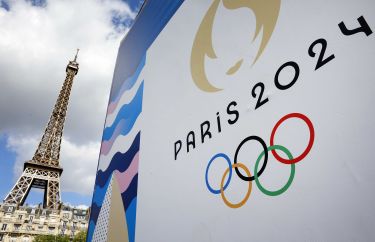
Politics & Society
Is this summer a moment of truth for France?
Numerous anthropometric studies have investigated athlete somatotypes and found differences among these sportspeople, depending on the type of sports activities and level of competition.
In fact, the relationship between an athlete’s competitive success and their physical traits has been found in a large number of Olympic sports – including gymnastics, swimming, track-and-field events, as well as lightweight and heavyweight rowing.
Specific physical traits associated with competitive success can vary considerably with the sport.
Swimmers tend to be quite lean and muscular with broad shoulders and long limbs (ecto-mesomorph category).
Powerlifters are also muscular but have shorter limbs, a thicker midsection and carry more body fat (endo-mesomorph category).
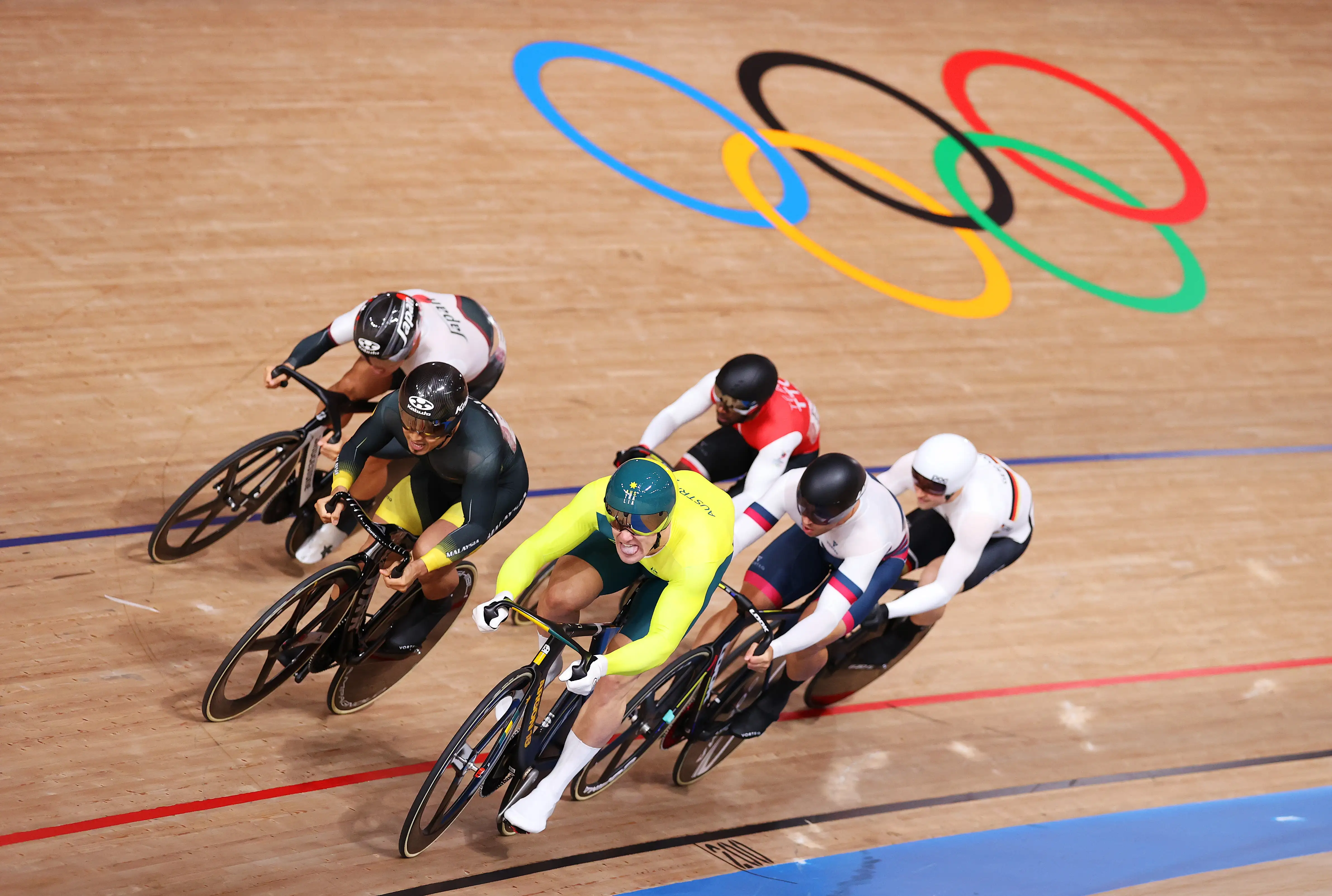
Human muscles are made up of different types of muscle fibres (also known as muscle cells). These fibres are classified into different types based on their contraction speed and energy metabolism characteristics.
The main types are slow-twitch (Type I) and fast-twitch (Type II), which are further divided into Type IIa and Type IIb.
Each of the fibre types plays a distinct role in athletic performance, suited to different types of Olympic sports.
For instance, athletes who excel in ballistic sports like sprinting and weightlifting tend to exhibit a higher proportion of fast-twitch muscle fibres because they can generate a large amount of force very quickly.

Politics & Society
What does it take to run faster, throw further, jump higher?
But elite endurance athletes, like marathon runners and long-distance swimmers, tend to have a higher density of slow-twitch muscle fibres which are highly resistant to fatigue and are suited for long-duration, steady-state activity.
The proportion of different muscle fibre types in each person is largely determined by genetics.
Some people are naturally pre-disposed to excel in endurance sports, while others may have a genetic advantage in power and sprint events.
Training can optimise the function of these fibres, but interestingly, the inherent proportion of muscle fibres won’t change dramatically as a result.
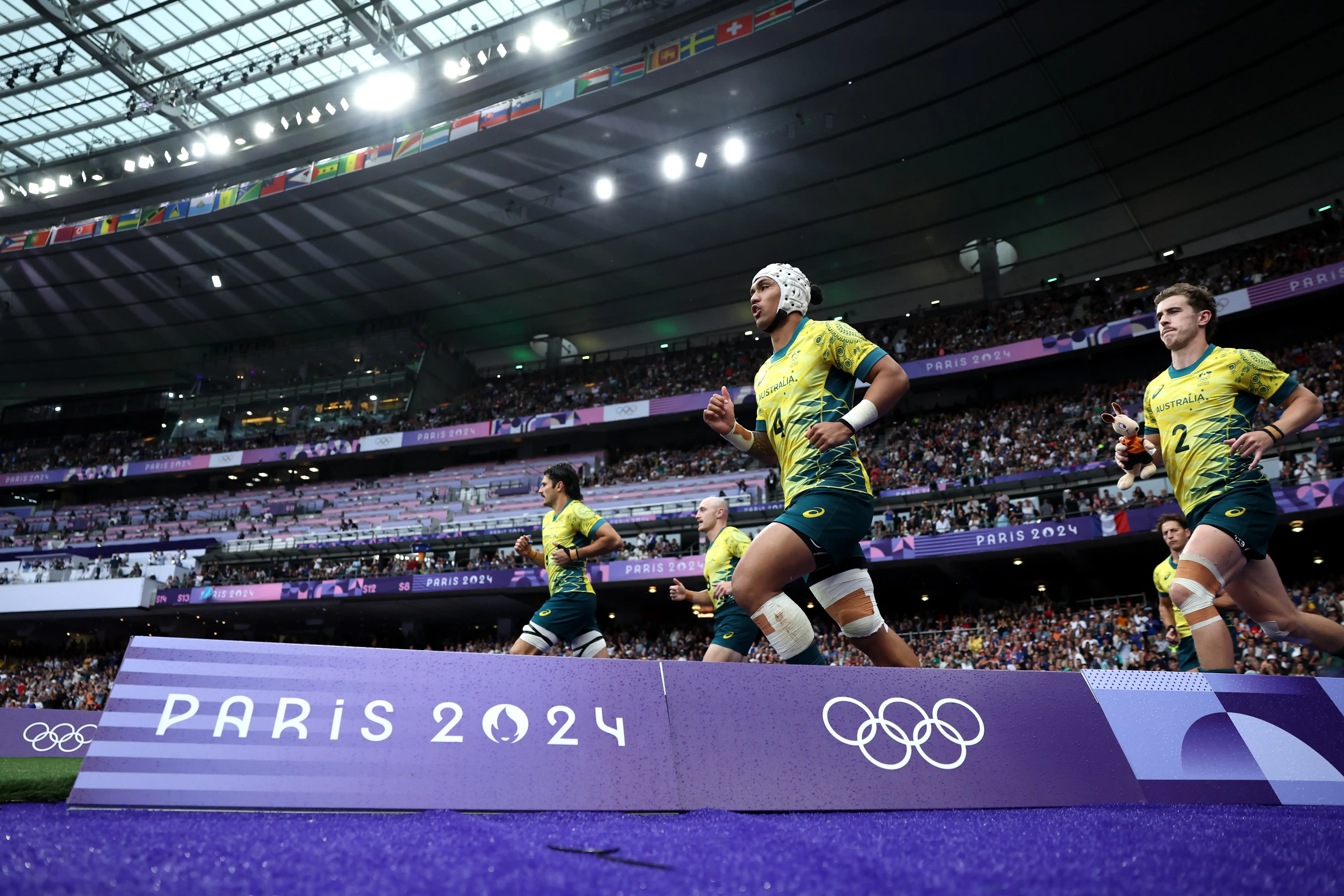
The way we move as humans is the result of a complex and highly coordinated mechanical interaction between bones, muscles, ligaments and joints within our musculoskeletal system – all under the control of the nervous system.
Athletes move with efficiency and fluidity because they have trained hard and found an optimal way to perform their sports-related movements with minimal energy expenditure.
They are better able to synchronise the activation of the muscles spanning their joints, leading to more coordinated muscle contractions and movement.
Through repetition and practice over many years, athletes develop ‘muscle memory’ which allows their movements to become more automatic and refined.

Sciences & Technology
Using virtual reality to treat real-world injuries
Athletes also have a heightened sense of body position and movement awareness allowing them to make subtle adjustments to their sporting posture and technique in real-time.
If we look at optimised movement strategies amongst elite athletes in different sports, there are some interesting examples.
Marathon runners have very little stride-to-stride difference, meaning that they are more efficient with less wasted energy.
With a streamlined body position, freestyle swimmers refine the ‘catch-and-pull’ phases of their strokes to maximise propulsion through the water. Gymnasts execute complex routines with exact timing and control, ensuring each movement flows seamlessly into the next.
So, as you’re watching the Olympics and admiring the physical strength, speed and endurance of the world’s best athletes, you can now also admire the complexity of the biomechanics that go into winning those Olympic golds.